SwazilandMapSeptember 8–10, 2006 A wonderful kingdom. They hold a sugar cane festival every year, during which 15 thousand virgins harvest sugar cane for a week, then on the last two days bestow it upon the queen-mother. At this point the king chooses himself yet another wife from among this crowd. If my memory serves me right, this year it’ll be his tenth (the king is still quite young). I travelled to the south of Africa specifically to attend this festival. So few people know anything about Swaziland that even the South African tour operator didn’t know that the hotel where I was supposed to stay had been renamed. The taxi driver cheerfully informed me that I’d missed the most interesting bit: — You came at the wrong time, the sugar cane festival ended just a few days ago! Sic transit gloria turagenti. 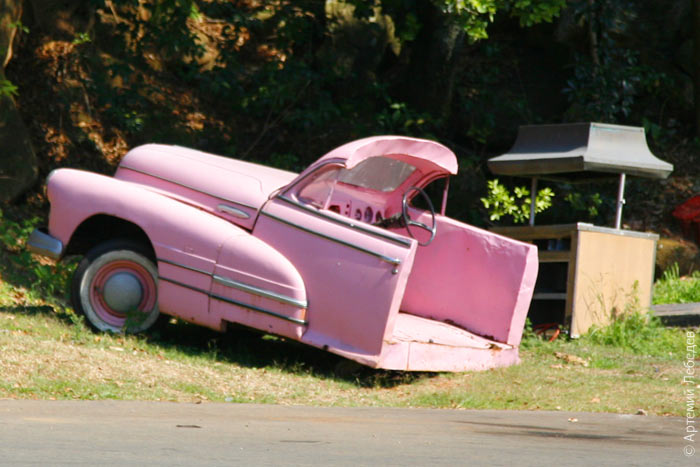 Swaziland turned out to be an endlessly agreeable kingdom with mountains, empathetic locals, and something like the highest number of people who are registered HIV-positive (per capita).  I even got the impression that the sugar cane festival is not an ancient ritual surviving to this day, but rather government propaganda against pre- marital sex. Although it’s not clear what exactly constitutes an ancient ritual — Swaziland is 150 years old. 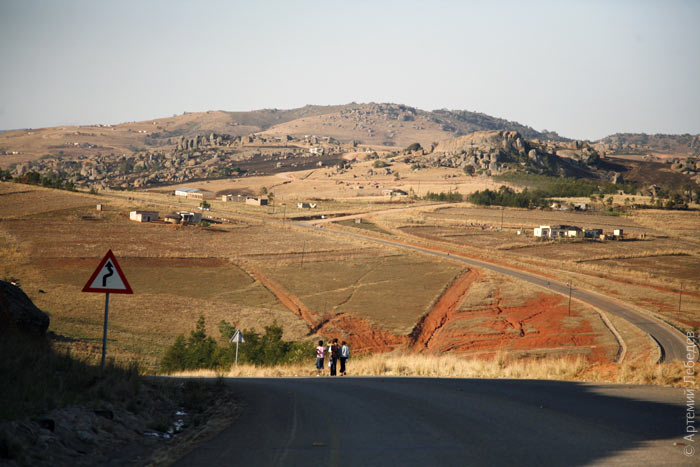 The locals build separate houses for each family member. There’s one for the husband. Another for the wife. A third one for the second wife. The elderly should be respected and housed separately. Also, their houses must be round. 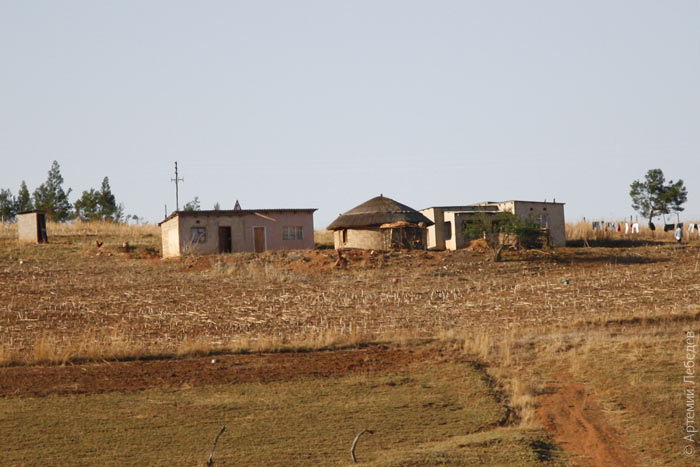 They haven’t got any elders here yet: 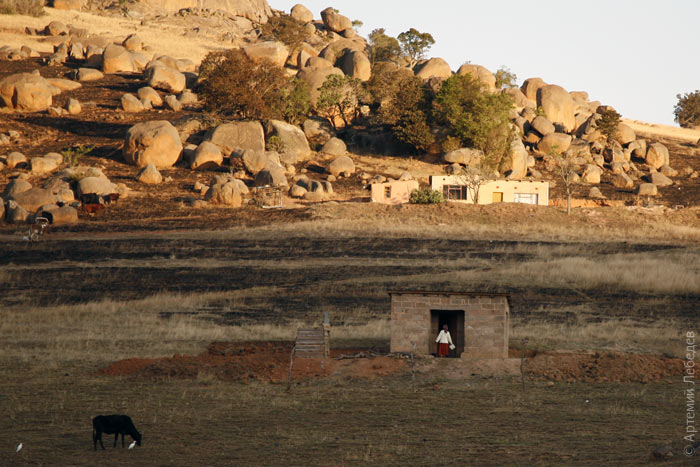 To my mind, Swaziland is five times more beautiful than South Africa. I finally grasped the meaning of the word “picturesque” here. 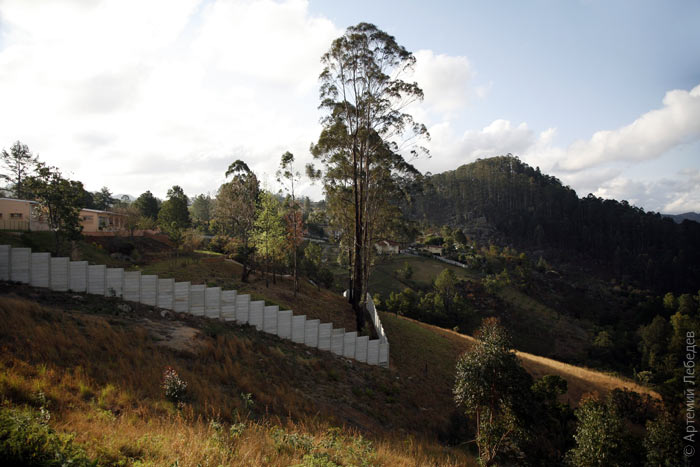 Picturesque bumps. 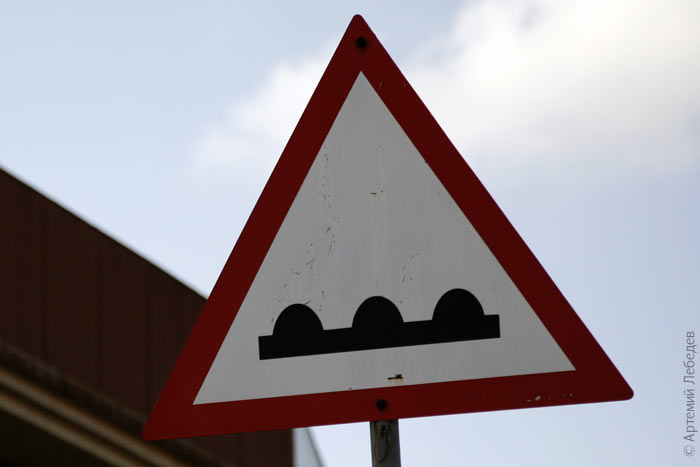 Picturesque insulators, which the one and only cable isn’t touching. 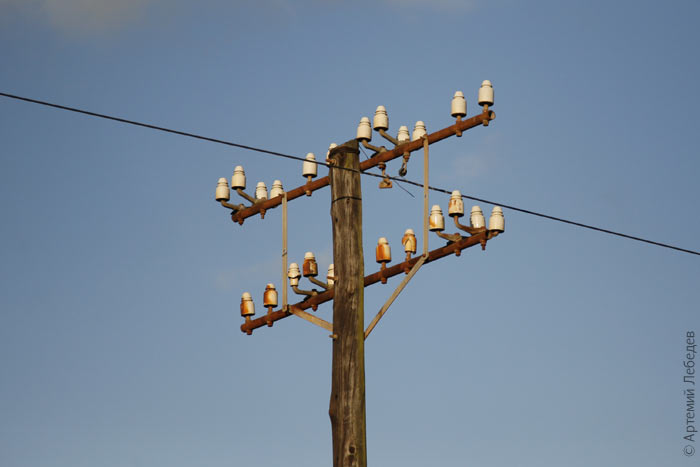 Picturesque restuarant with a typo. 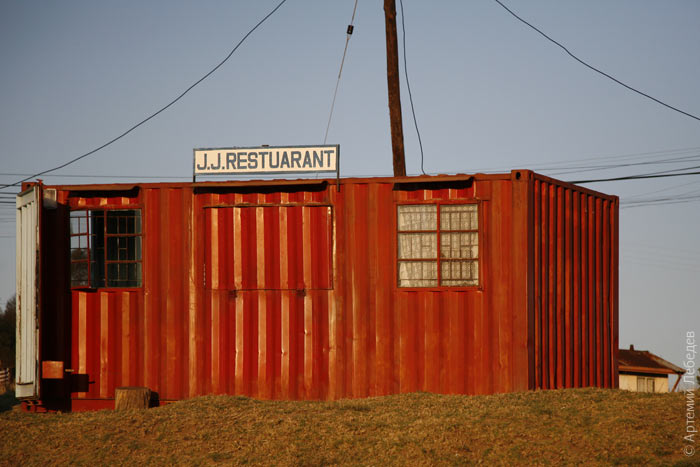 Picturesque traffic light. 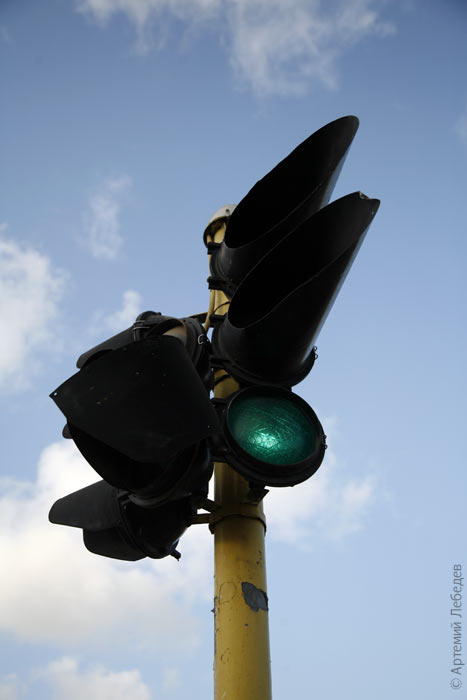 Shadows, shadows. I felt like the massive Gagarin statue on Leninsky Prospekt in Moscow. 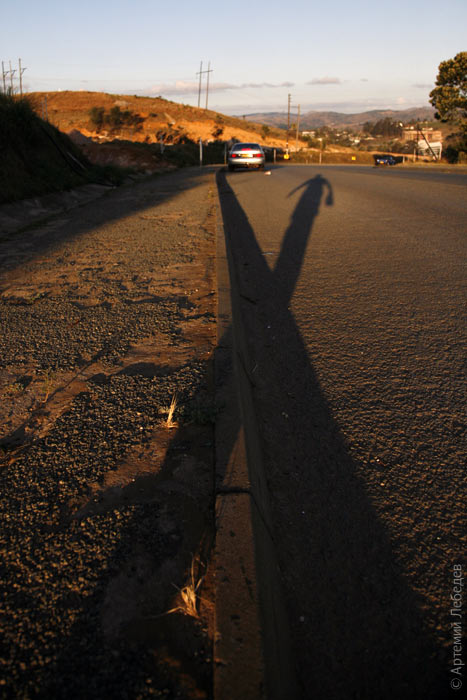 Corn for sale in the street (shout-out to Guyana). 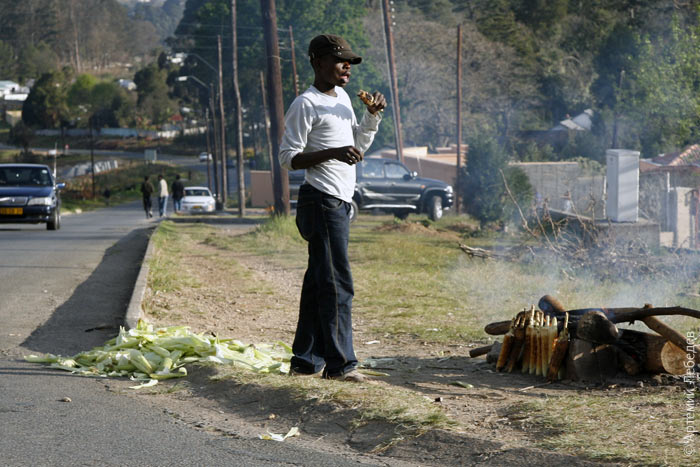 Bus stops. 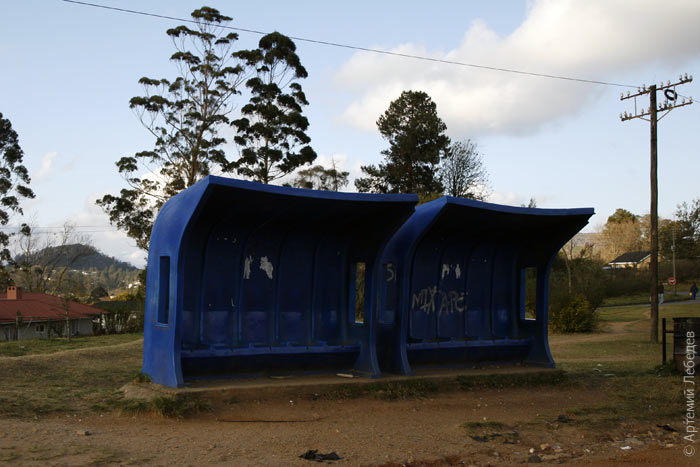 A sign in the centre of town: “Drivers! Slow down, parliament is in session”. Someone did not slow down.  There are newspaper front pages at every intersection in town.  Freshly built dam complete with hydropower plant. 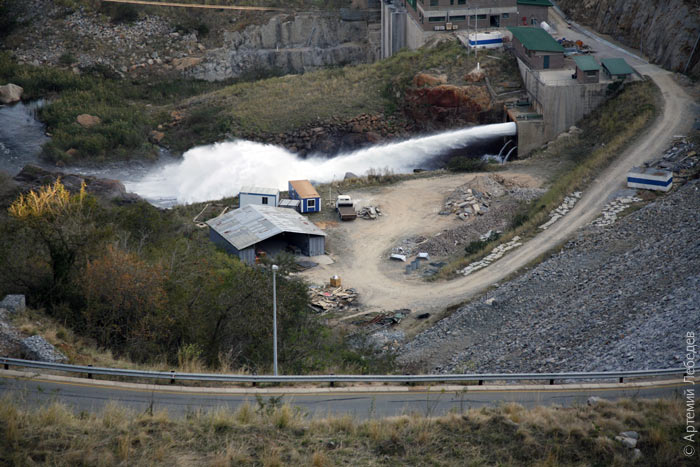 Among the 200 stalls at the local folk art market there was even one unique one. 199 sell cookie-cutter wares, one sells the real deal.  This pussycat turned out to be too hefty for me to take her with me, so I bought her younger sister (she has the same dazzling smile). 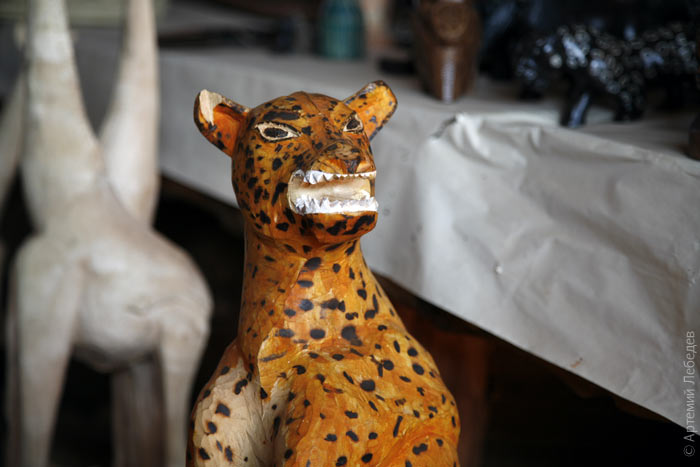 On the other end of the kingdom glassblowers are making container glass. 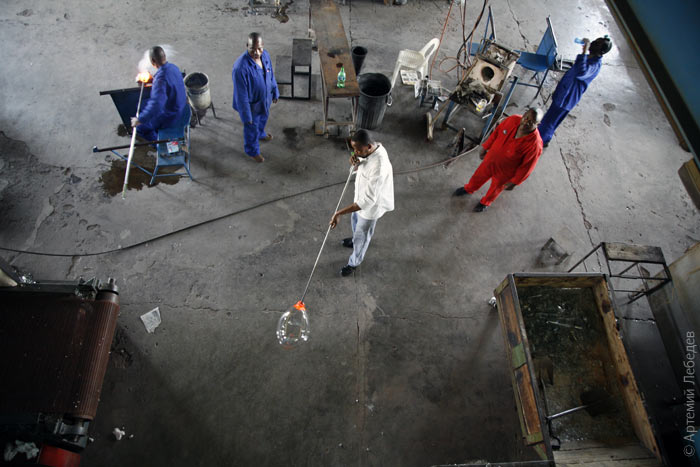 They know their worth: “please don’t ask for discount, he doesn’t work here anymore!”.  It’s difficult for northerners to imagine the ubiquity of African fauna. If you spot a squirrel in the Moscow region, that’s a week’s worth of excitement. Whereas here monkeys jump around matter-of- factly like stray dogs. At breakfast I got up to get a glass of milk and while I was gone an exotic bird shat in my plate, which had my untouched omelette in it. There’s a “cultural village” here — specially-trained “aboriginals” lay on entertainment for tourists ten times a day, performing songs and dances. It’s horrendous, like all shows put on for tourist consumption. Like the women in kokoshniks (traditional Russian headdresses) performing circle dances and singing for a delegation of Bavarian oil and gas workers in the function room of a guest house some place like Suzdal. I went to see a real village. It turned out to be an orphanage. The director of the orphanage was giving the children lessons while her deputy and a teacher were making lunch. 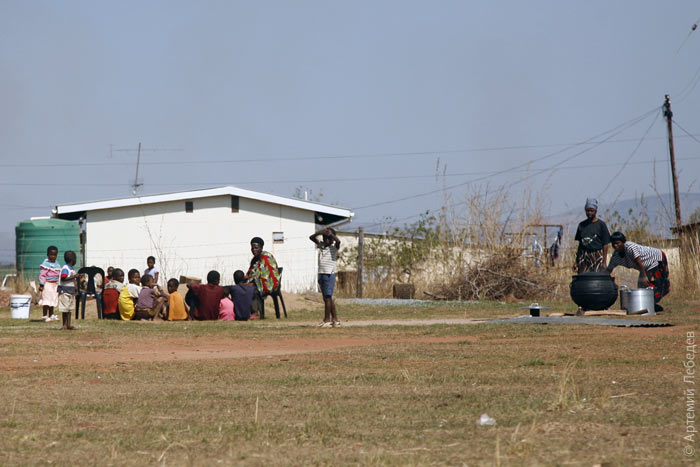 I hit the jackpot with the taxi driver I’d hired out for the whole day. He even brought his son along — to show us around the kingdom. In the village the taxi driver went to see the orphanage director, pulled up a chair, and explained the situation for about 15 minutes. 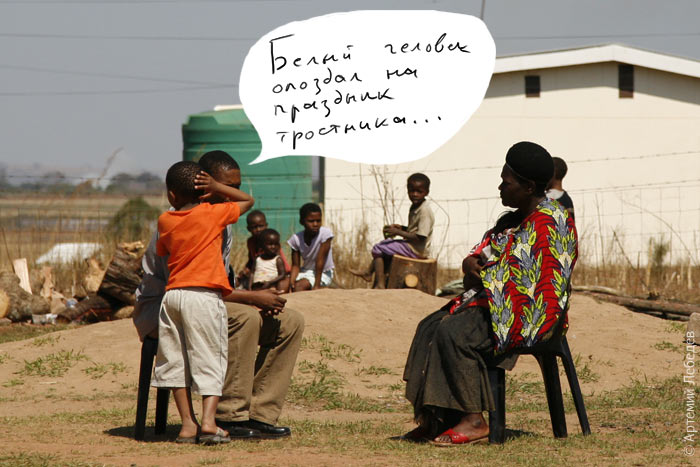 This white man came late and missed out on the sugar cane festival... The orphanage director sympathized with us, given the extent of what we’d missed out on. She decided to make it up to us. They sang and danced for me and showed me everything there was to show, from a mortar to a jug. The director is an incredible woman with inconceivable blue eyes and an unbelievable voice. 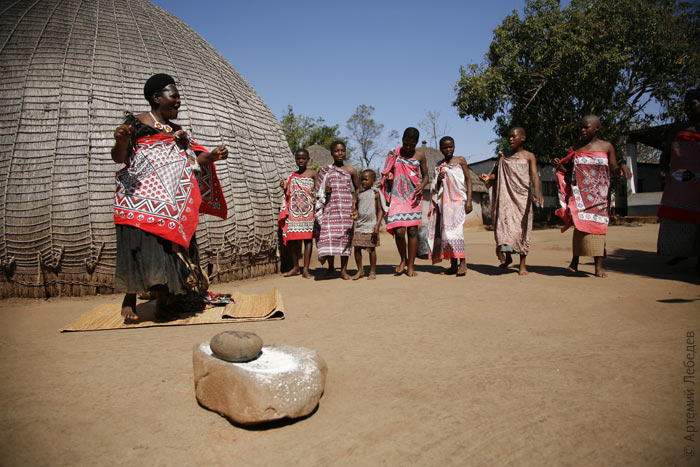 It turns out that if someone in Swaziland decides to give someone else money (as a gift, not in exchange for goods or services) they don’t just hand it over, it has to be thrown on the ground. The recipient picks it up as if they just happened to stumble across it — it’s tradition. 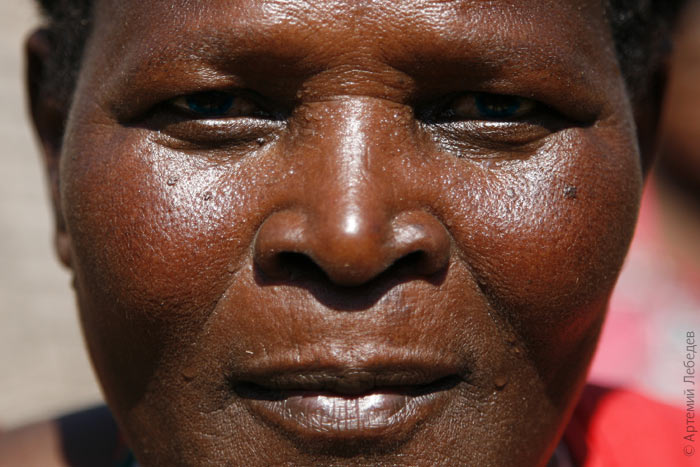 As evening was descending we drove past a large gathering of cars. — Wedding, — our driver explained. The guests were all in attendance, traditional wedding dances were in full swing. 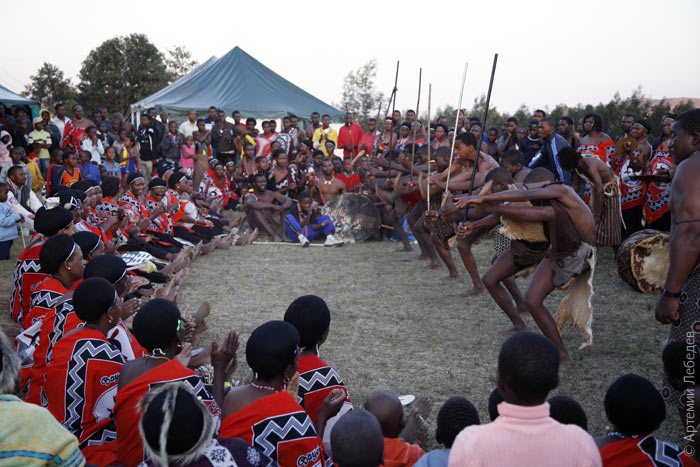 Men, youths, men, and women took turns performing. 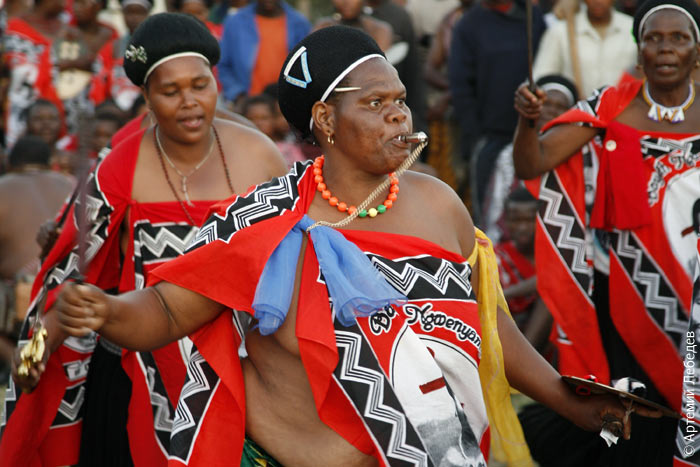 Ritual banknote sacrifice ritual. By the way, the portrait on that old woman’s wrap is of the current king of Swaziland, who’s alive and well. 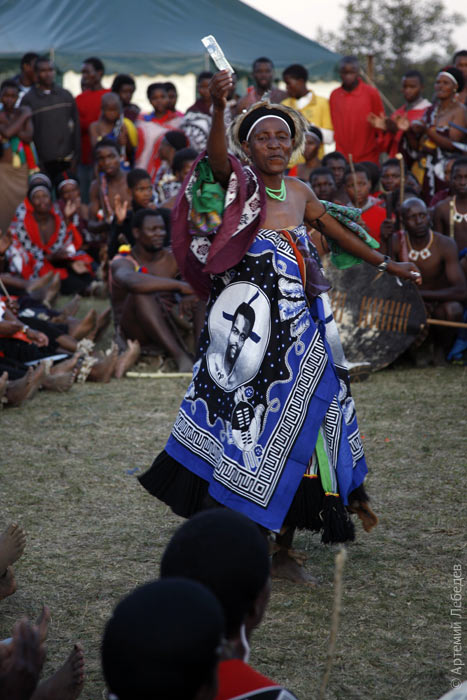 People clearly took pleasure in perpetuating traditions. Highly respected people who’d left the village and had now come back to visit in expensive cars were sticking feathers on their heads, donning bead necklaces, and watching the performances. 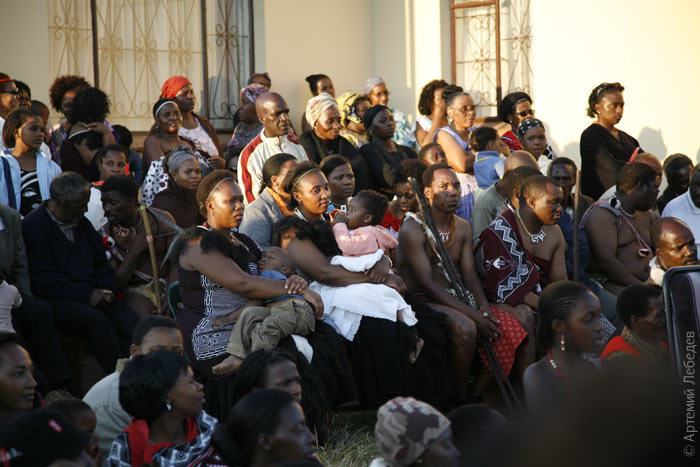 Whether you wear clothing or not depends on your role and mood during the celebrations. 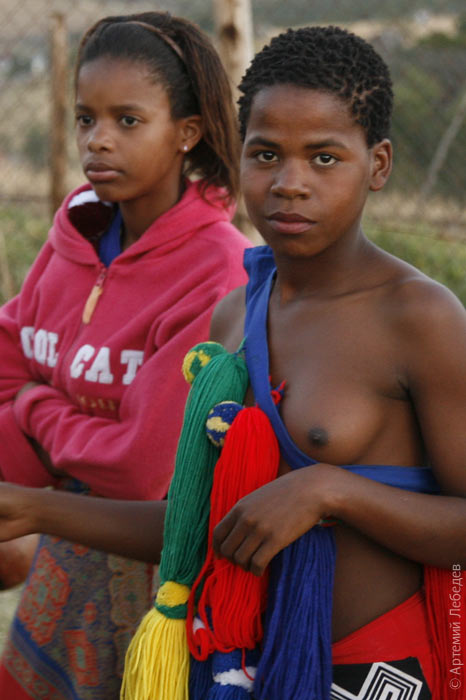 After all, for some people this is their job. 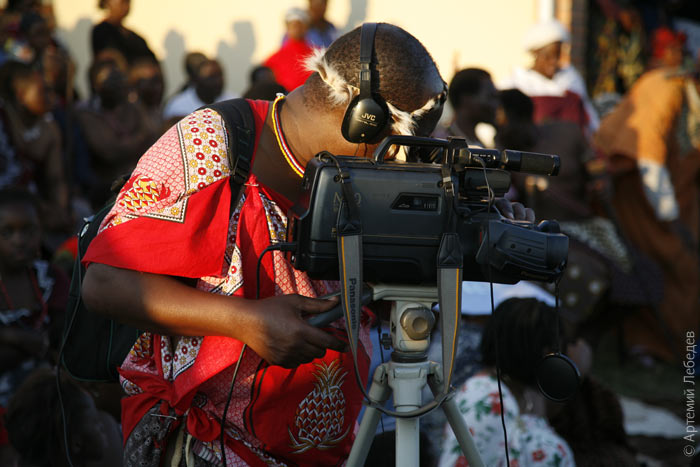 But for most people it’s a festive occasion, of course.  |